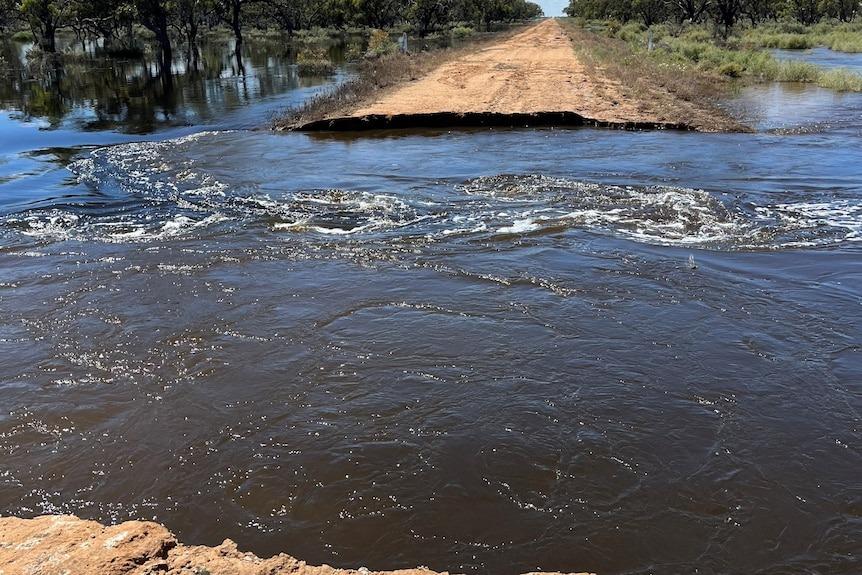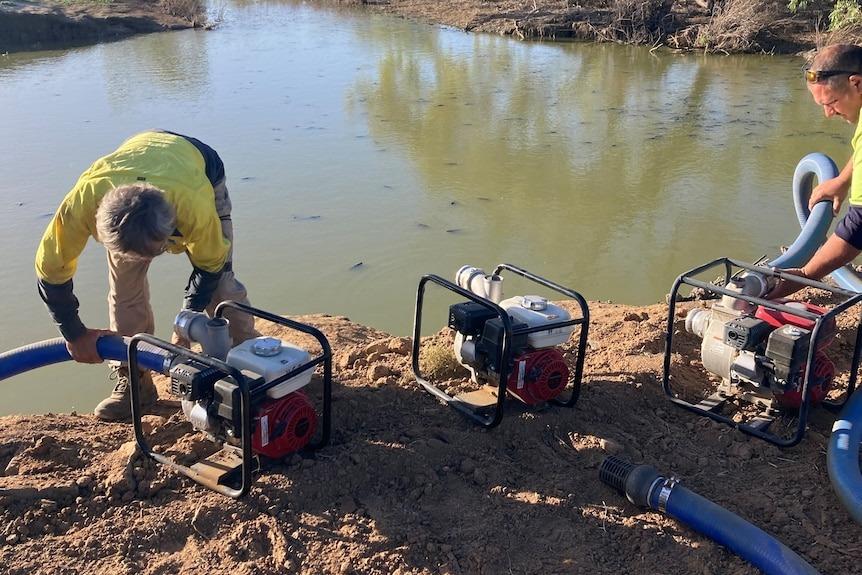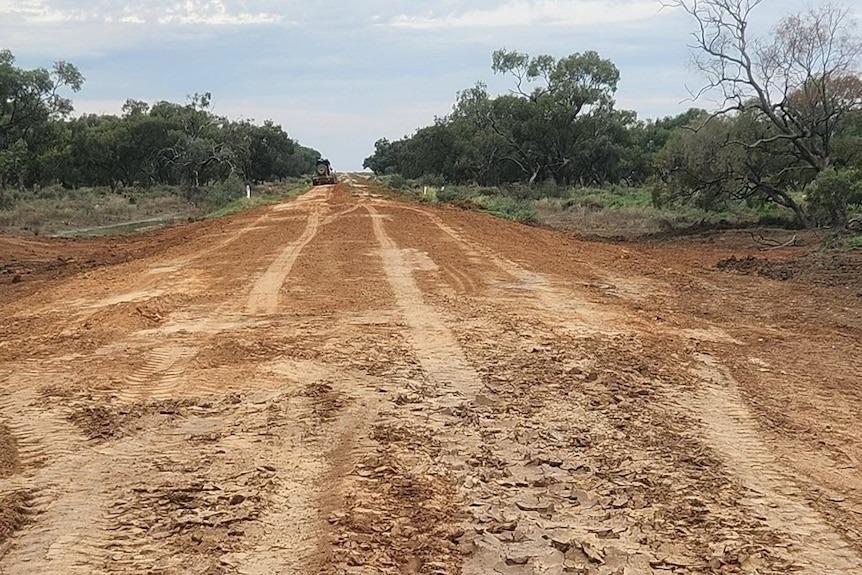

James Wong
2026 BYD Sealion 7 review
5 Hours Ago
In the Hay Shire Council area of western New South Wales, a colossal pothole that emerged during last year’s prolonged flood emergency has been successfully repaired.
The mammoth cavity, measuring 40 metres long and 15 metres wide, formed around a culvert on the Booligal-Gunbar Road.
As a consequence of the La Niña weather event bringing rain and flooding across Australia, the cost of repairing potholes on the nation’s roads is anticipated to reach nearly $4 billion.
This figure is equivalent to Australia’s entire foreign aid budget. A survey of 537 councils has revealed that the cleanup bill is expected to exceed $3.8 billion in damages, while drivers face additional expenses to repair their vehicles.

At the height of the disaster, the region’s vast plains, known as the flattest place in the southern hemisphere, resembled an inland sea.
According to the ABC, Council Operations Manager Greg Stewart recalled the culvert being inundated by floodwaters from an adjacent creek in November, describing the scene as “rapids flowing through”.
Crews were finally able to access the site about a month ago. Stewart explained after an initial survey, they realised the enormity of the task at hand: “We put a survey staff down and it went down two and a half metres initially, so we knew it was going to be big.”

In order to address the massive pothole, workers constructed a dam around the hole and employed a couple of pumps to remove the water.
Stewart revealed the project was highly sought after by staff, stating “All the guys wanted to work out on that project because it was very unique, something we’re not used to.”
Once the water was drained, they discovered the hole was an incredible nine metres deep.
For the repair job, council staff collaborated with three contract crews, utilising two excavators, five tip trucks, and 7000 cubic metres of clay.

“The trucks only hold nine cubic metres,” Stewart noted. He also mentioned several other washouts on the same road but said the council aims to reopen it to four-wheel drive vehicles before the Easter holiday.
These alarming costs have led the Australian Local Government Association (ALGA) and the Australian Road Research Board (ARRB) to call for a reevaluation of the construction, maintenance, and funding strategies for Australian roads.
Councils currently maintain responsibility for over 77 per cent of Australia’s roads by length, accounting for approximately 678,000 kilometres.
I'm an Indian-born automotive enthusiast living in the US, with a huge passion for cars. I have a natural storytelling ability and love captivating writing that brings stories to life. I've been writing about cars for over 10 years. My passion is expertly navigating the dynamic world of cars, delivering engaging content for car aficionados.


James Wong
5 Hours Ago


Damion Smy
14 Hours Ago


Damion Smy
17 Hours Ago


Josh Nevett
19 Hours Ago


Josh Nevett
19 Hours Ago


Damion Smy
20 Hours Ago